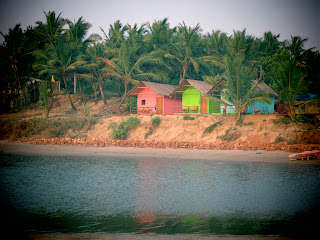Check out my new post for work @ the Clinton Fellowship blog: "They're not just poor, They're kids."
To know a little more about the fellowship I am on, the William J. Clinton Fellowship for Service through the American India Foundation (AIF), check out the websites.
To see what other fellows and myself are up to, check out the blog here!
To know a little more about the fellowship I am on, the William J. Clinton Fellowship for Service through the American India Foundation (AIF), check out the websites.
To see what other fellows and myself are up to, check out the blog here!
My New Life in Mumbai!
 |
| Haji Ali |
 |
| The Gateway |














